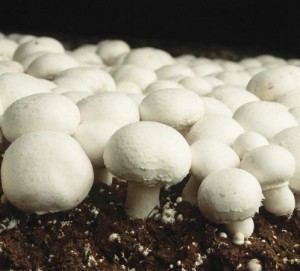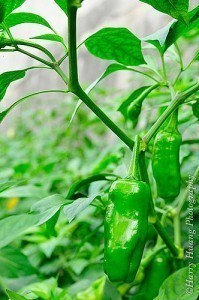Button Mushroom Sizes
Native to North America and Europe, the button mushroom is known  for its scientific name Agaricus bisporus. It is often called by other names including Swiss brown mushroom, cultivated mushroom and white mushroom. This basidiomycete mushroom is edible, which is used widely in making different kinds of tasty and sumptuous dishes. In addition to these interesting details, it is also important to learn the different button mushroom sizes.
for its scientific name Agaricus bisporus. It is often called by other names including Swiss brown mushroom, cultivated mushroom and white mushroom. This basidiomycete mushroom is edible, which is used widely in making different kinds of tasty and sumptuous dishes. In addition to these interesting details, it is also important to learn the different button mushroom sizes.
The Sizes of the Button Mushroom
The button mushroom has a cap or pileus, the measurement of which is 5 to 10 centimeters or 2 to 4 inches in terms of diameter. It usually has flat scales and a pale grey-brownish color. This specific type of mushroom has a cylindrical stipe, the height of which is 6 centimeters or 2.36 inches while the width is 1 to 2 centimeters or .39 to .79 inches.
Additional Facts and Other Interesting Details
Button mushrooms are known for their medicinal and nutritional value. They contain significant amounts of conjugated linoleic acid as well as antioxidants. Furthermore, they serve as good source of potassium, sodium and phosphorus. It offers people vital B vitamins and high levels of Vitamin D, particularly when irradiated by ultraviolet rays.
Nowadays, it is cultivated in more or less 70 countries. The Pasteur Institute based in Paris, France, produced and discovered a sterilized spawn in 1893. The cultivation of button mushrooms started in France. This occurred first when an agriculturist by the name of Olivier de Serres transplanted the mushroom mycelium. This move eventually led to more mushrooms.
It is very important not to confuse the button mushroom or Agaricus bisporus with other similar species, especially the poisonous and deadly varieties. One of these is the destroying angel, which belongs to the genus Amanita. Instead of having brownish or pinkish gills, this type of deadly mushroom has pure white gills. This deadly species grows commonly in mossy woods. Other confusing species include Entoloma sinuatum and Agaricus xanthodermus, both of which are inedible and poisonous.
One of the highly interesting aspects of mushrooms is their relatively complicated taxonomic history. A variety of Agaricus campestris was first described in 1884. After some time, a Danish mycologist by the name of Jakob Emanuel Lange reviewed a specific type of cultivar specimen in 1926. He called it Psalliota hortensis. It gained species status in 1938, courtesy of Schaffer and Moller who called it Psalliota bispora.
In 1946, Emil J. Imbach established the scientific name Agaricus bisporus, which continues to be used until now. Some of its other common names include Swiss brown mushroom, crimini mushroom and Portobello mushroom. Its conservation status is described as secure.





